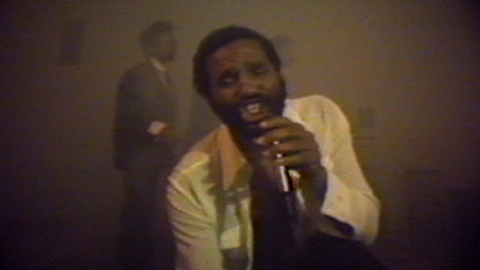What They Found: Our Contributors Share Their 2018 Discoveries
"Ashley Clark, film programmer and critic
In March, acting on a recommendation from the website Screen Slate—an increasingly essential resource in this rep coverage–starved age—I took myself to Manhattan’s Electronic Arts Intermix to see a shorts program by a grandly named video and performance artist whose work had hitherto escaped my notice: Ulysses S. Jenkins. The L.A.-based Jenkins was an early adopter of consumer-grade video cameras and used this emergent technology to conjure idiosyncratic portraits of African-American life that challenged dominant—that is to say largely racist and reductive—depictions. “Idiosyncratic,” it must be said, barely begins to describe the pick of the program, Two-Zone Transfer (1979), a discombobulating fever dream starring Jenkins and friends (including artist Kerry James Marshall), and involving blackface and minstrel imagery, hideous rubber masks (Richard Nixon!), religious preaching, an indefatigable smoke machine, and an ecstatic yet uncomfortably attenuated dance to a James Brown song. Two-Zone Transfer is an anxiously personal take on black cultural representation and artistic production, and an early point on a continuum of caustic, thematically-related fare like Spike Lee’s Bamboozled (2000) and this year’s essential HBO show Random Acts of Flyness. It was my revelation of the year."

